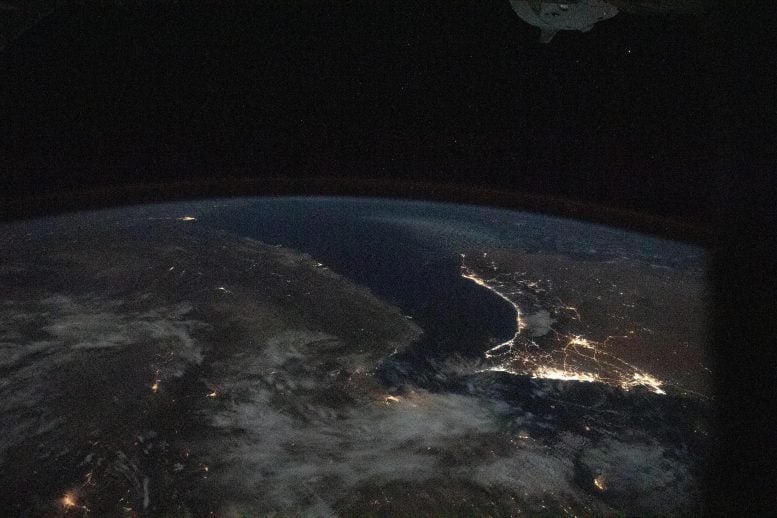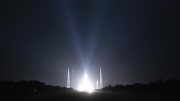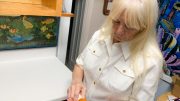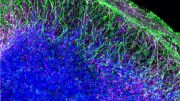
This image from International Space Station as it was flying 261 miles over Iran looks southeast across the Persian Gulf and the Gulf of Oman. The well-lit areas along the coast are cities located in the nations of Oman and the United Arab Emirates. Credit: NASA Johnson
The seven-member Expedition 64 crew, consisting of five astronauts and two cosmonauts, will spend the rest of the year conducting valuable space research aboard the International Space Station.
Tuesday’s slate of science investigations explored a range of space biology and physics phenomena to benefit human health and manufacturing. Results from these microgravity studies could also boost the commercialization of space.
The crew has been looking at tiny organisms including microbes and fruit flies today to gain insights into immunology and genetic expression. These experiments will return to Earth on Jan. 11 for analysis when the SpaceX Cargo Dragon undocks from the Harmony module and splashes down in the Atlantic Ocean.
Weightlessness has the potential to increase the virulence of microbes and the Micro-14A study seeks to understand why. The astronauts are looking at the opportunistic pathogen Candida albicans in a human cell host to see how it adapts to space. Results could help doctors quantify the health risk to space crews and formulate countermeasures.
The Genes in Space-7 investigation examines the central nervous system of fruit flies for space-caused changes in genetic expression. The lack of a day-night cycle in space can create cognitive changes to molecular pathways that scientists want to track. Monitoring the changes to neural systems in space will help scientists understand how the biological clock adapts to long-term space missions.
A pair of physics studies is under way aboard the station seeking to promote the manufacturing of high-quality fiber optics that only microgravity can provide. Optical fiber samples were swapped out inside the Microgravity Science Glovebox today for the Fiber Optic Production study that is testing commercial production on the station. A secondary experiment, Space Fibers-2, explores a custom fiber fabrication method that operates autonomously inside its own specialized device that can be examined back on Earth.
The 2,400-pound NanoRacks Bishop research airlock is now part of the orbiting lab’s Tranquility module and will be activated and pressurized for operations at a later date. Bishop will increase the station’s capacity for private and public research and also enable the release of larger satellites and the transfer of cargo inside and outside the station.









Be the first to comment on "Space Station Crew Studies Immunology, Genetic Expression and Space Manufacturing"